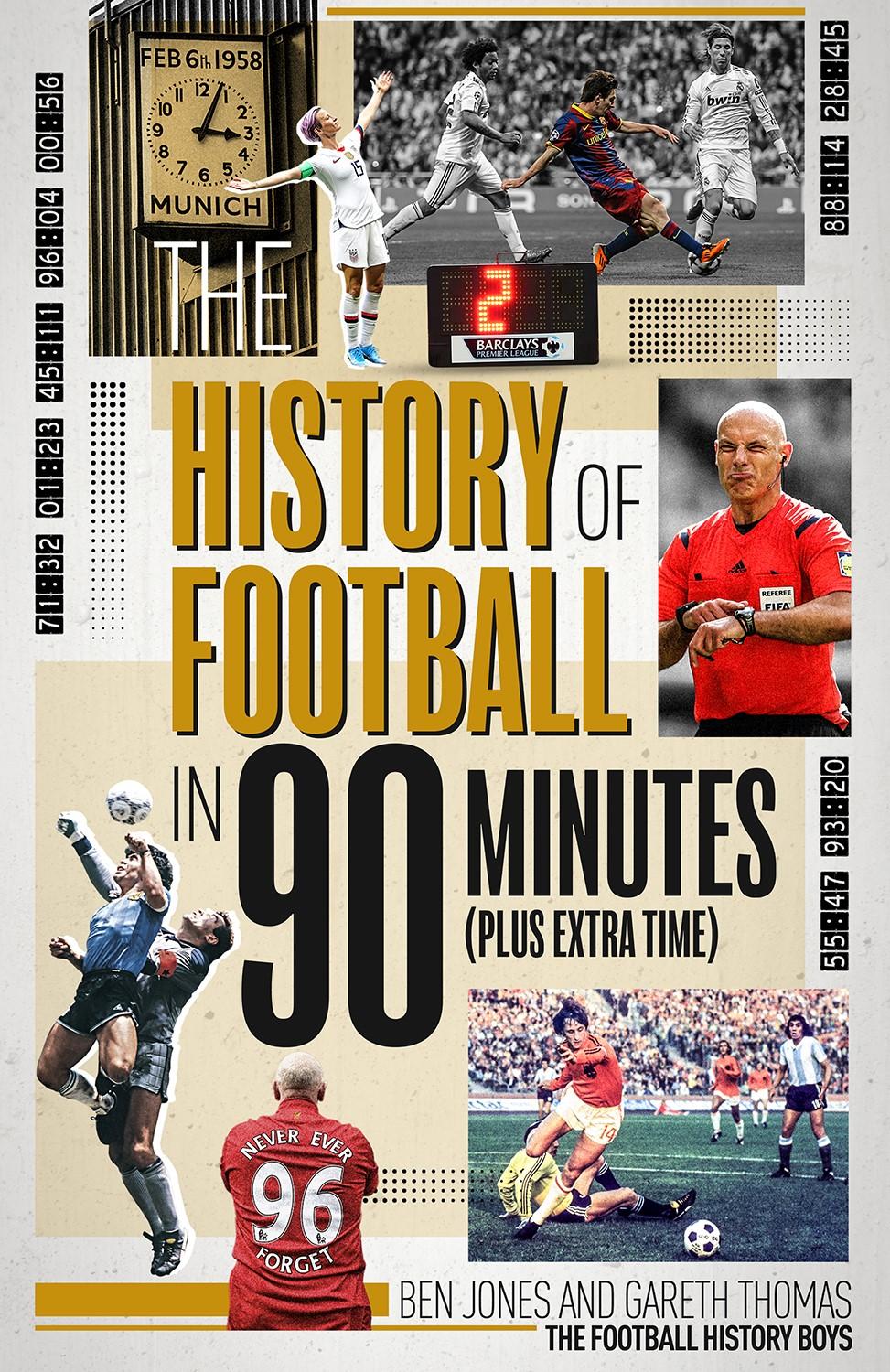TFHB Podcast: The best thing about football (that isn't football) is...
Make sure you get in touch with your thoughts over on Twitter: @TFHBs.
This podcast references parts of our second book - The History of Football in 90 Minutes (Plus Extra-Time) - you can purchase it here!






Comments